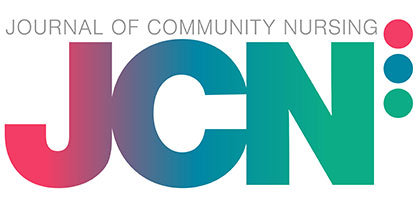Rehabilitation Resources
Amputation surgery can be traumatic and life-changing for patients and many struggle to come to terms with the loss of a limb. Wounds that fail to heal following surgery can have an impact on each individual’s rehabilitation process. It is important to provide the correct management for these wounds to facilitate healing and enable the patient to work towards mobilisation. Equipping community nurses with the knowledge and skills to assist patients in managing their residual limbs can improve the time from amputation to ambulation. Similarly, overcoming problems with patients' skin; achieving properly filling prosthesis; and managing the ‘wear and tear’ of prosthetic limbs are all challenging aspects in the management of this patient group.
The number of NHS patients requiring containment products such as pads is increasing year on year due to an ageing population. Patients with long-term conditions are increasingly being cared for at home, and although incontinence is not a disease it is often a symptom associated with other health issues. Community nurses are seeing patients with more complex needs, but incontinence is often not the primary reason for their visit. Containment products can be seen — both by patients and their carers — as the most effective way to manage incontinence and nurses are often put under pressure to prescribe pads, while continence services are being challenged to review the way care is delivered through innovation and the effective use of technology. This article will look at the redesign of a continence service that has involved the development of a community continence team (CCT), along with a summary of the initially encouraging performance indicators. The CCT aims to provide a comprehensive continence assessment with a focus on rehabilitation. The principles underpinning this service redesign could be applied to any community nursing team.
Close attention is being paid to the role the clinical nurse specialist (CNS) plays in facilitating patient adjustment and adaptation to life in the weeks, months and years after treatment for a colorectal cancer and stoma formation. Much of the CNS work is performed in the outpatient setting, in the community or on the telephone, placing the colorectal CNS in a prime position to co-ordinate the complex care needs of individuals who have undergone surgery and formation of a faecal stoma. In this article, the author examines the combined role of the colorectal/stoma CNS in co-ordinating the complex care needs of the ostomy patient with a colorectal cancer diagnosis by exploring the repertoire of skills and expertise that comes into play in the follow up care of ostomy cancer patients.
Kathryn Foskett RN BSc (Hons) GI Nursing. Senior Colorectal Clinical Nurse Specialist. The Hillingdon Hospital NHS Foundation Trust.
Article accepted for publication: August 2012
Zahra Pah-Lavan discusses the issues facing patients who have survived traumatic brain injury (TBI).
Zahra Pah-Lavan BSc (Hons) RN is a freelance medical writer.
Article accepted for publication: July 2006




